Homesteading has been a lifestyle of choice for some as a way to simplify their lives, but it was not without its challenges. Marty Raney along with two of his children, Matt and Misty, traveled across the US to help those who were struggling while living off the grid, in “Homestead Rescue.” The reality television series premiered on 17 June 2016 on the Discovery Channel, and has since gained a huge following, and spawned the spin-off series “Homestead Rescue: Raney Ranch” in 2020. As the Raneys shared their expertise and made improvements to the homesteads to set them up for success, its viewers couldn’t help but wonder who paid for the rescue projects.
Meet the Raneys
Early on in life, Marty Raney learned survival skills as he was raised off the grid in North Bend, a city in King County, Washington State USA.
https://www.youtube.com/watch?v=r2YnKrR29oQ
His ancestral home state was Missouri, as the Raneys were the first homesteaders in Mt Sherman in the Ozark Mountains back in the 1890’s. He was 16 when he quit school and left everything behind to live his own life. In 1974, he moved to Alaska, saying that no other place could ‘conjure more intrigue, mystique, or adventure.’ He worked as a logger, and his first house was in a floating logging camp on the Alaska Panhandle’s Prince of Wales Island.
He married a woman named Mollee Roestel, and they moved to Haines, Alaska, and lived on a 160-acre homestead a hundred miles from town. After a few years, they moved to another remote floating logging camp miles away from Sitka’s coastal fishing town. Knowing no other way of life, he raised his family living off the grid and off the land.
He taught his children Matthew, Misty, Melanie, and Miles how to build, hunt, fish, and everything else one needed to know about a lifestyle of self-sufficiency. They were used to living without electricity, indoor plumbing, and all the things that normally made life more convenient or comfortable.
His family ventured into the construction business, as he established the Alaska Stone & Log Company. They built homes and other structures utilizing natural materials, as they quarried stones and peeled logs. His wife was said to be the company accountant, while his children worked with him in various capacities on their projects.
The Raneys on Television
The family gained popularity when Marty and two of his children starred in the reality TV series “Homestead Rescue,” but it wasn’t their first foray into the TV industry.
https://www.facebook.com/HomesteadRescue/photos/a.1820231401537965/3183242261903532/
Marty had established himself as a skilled mountaineer, and having in 1986 climbed Denali, the highest mountain peak in North America, his services were sought by many. Fast forward to 1997, the documentary film “Alaska: Spirit of the Wild” was released, featuring Alaska’s wildlife and the landscape in which Marty served as the expedition guide, narrated by Hollywood legend Charlton Heston, and directed by George Casey. In 1998, it was nominated for Best Documentary Short Subject at the Academy Awards. After that, Marty worked in other documentaries, such as “Climb Against the Odds” in 1999, and “An Idiot Abroad” in 2011.
In National Geographic’s “Ultimate Survival Alaska,” Marty was joined by his son, Matt, in a 4,800km-race in Alaska, using only minimal gear for season one of the series, which was aired in 2013.
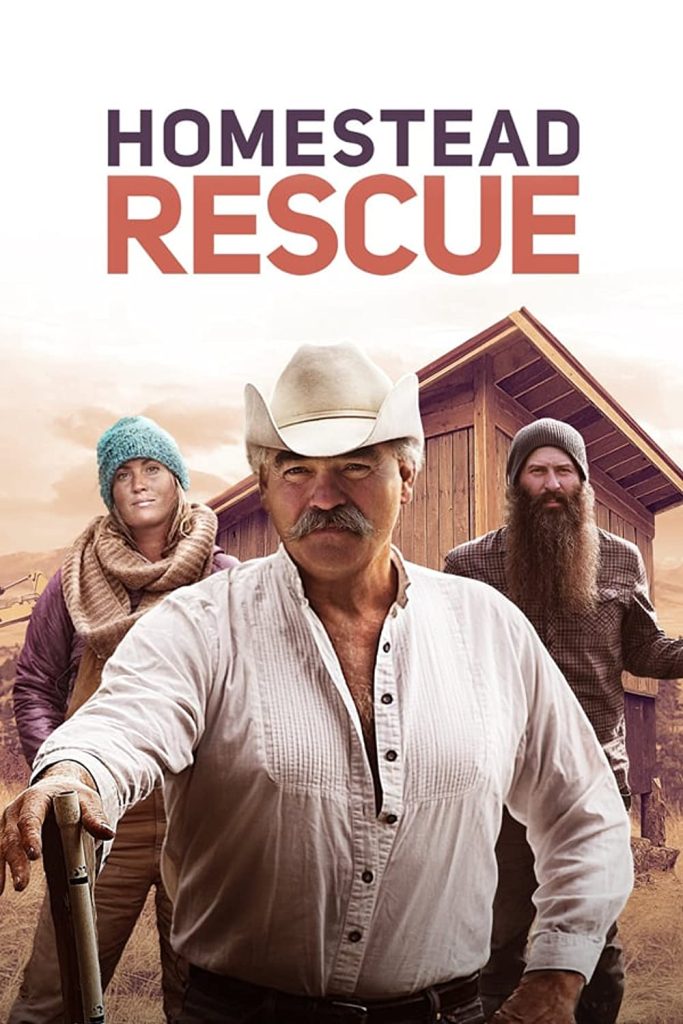
Only Marty participated in the remaining two seasons as part of the mountaineers’ group and Alaskans’ group, respectively.
“Homestead Rescue”
Having had a taste of reality shows, Marty became interested in doing more, and so he pitched several ideas for a TV series to National Geographic, Discovery Channel, and History Channel. However, Discovery came up with the idea for “Homestead Rescue”, and the network reached out to the award-winning production company in London called Raw Productions, known for producing the hit series, “Gold Rush.”
At that time, it was said that efforts were being made in getting the Discovery Channel back to its roots, to what they were originally known for; they were keen on airing reality TV series that were as authentic as possible.
Marty believed he was chosen to star in the show because of his ‘history of living all over Alaska…I think Discovery liked the fact that my family had an adventurous, ongoing Alaskan history happening.’
According to Marty, the more that he insisted on less scripting and more authenticity, the more the production and the network got excited. He looked forward to doing the show, as it would give him the chance to help people by doing something he excelled at and was passionate about. Homesteading, for Marty, was about living freely, deliberately, and simply. It was also suggested that his children be part of it. He had a discussion with all four of them, and after a month Matt and Misty agreed to become part of the show. Matt’s expertise was hunting, while Misty’s was gardening, but they were also capable builders.
Every homesteader knows, having access to clean water is VERY important.
Watch a new episode of #HomesteadRescue tonight at 9p on @Discovery. pic.twitter.com/zRXqxrk7gn
— Homestead Rescue (@HomesteadRescue) November 22, 2021
Filming usually took a few months, with only a limited time for post-production as the series would start airing shortly after that. Marty and his children met the homesteaders for the first time on the day they walked into the property. After talking with them and surveying the property to assess the problems, they then would decide on the best course of action. As they only had seven to 10 days allotted for each location, they would only tackle projects that could be done in the given time frame. The producers had taken care of the legalities involved beforehand, including acquiring permits to build, as well as sourcing the equipment, materials, and workers if necessary.
Many people decided to live off the grid because they wanted a simple life, only to realize later on that it involved a lot of hard work, resourcefulness, and ingenuity in maintaining the place and dealing with all the problems that would crop up. The Raneys helped the homesteaders not just to survive, but to thrive.
Fan-favorite episodes
“Hill of Death”– A couple moved to the Western Cascades, Oregon for a fresh start, but they were on the brink of losing everything if they failed to become self-sufficient in their homestead. To reach fertile land, they had to climb a steep cliff that was 100-foot high, mostly of bedrock – Marty used an excavator to carve a road for them to get there. Misty cleared the forest on top, and built a livestock enclosure. Matt built a hydropower system for the homestead, and an electric fence that would protect their livestock from mountain lions in the area.
“Burned Out” – In Paradise, California, the most destructive wildfire known as the Camp Fire in 2018 burned down a family’s homestead to the ground, and they lost everything they owned. They were barely able to escape the raging fire, but there were minimal losses to their livestock.
Unfortunately, they were still paying the mortgage for a house that was gone, and for a rental property they were living in. Marty built a huge granite rock and steel enclosure that was predator- and fire-proof for the animals, and put in steel shipping containers as barns. Misty repaired the well water system and built a garden space. Matt installed a camera to monitor any dangerous predators, and got an expert to remove rattlesnakes spotted there. The family moved into an RV while waiting for the insurance so that they could build a new house.
“A Golden Opportunity” – A family in Girdwood, Alaska was dependent on the steady income from their coffee house, but when the economy took a downturn, they lost their business; the Raneys helped make their 10-acre homestead become self-sufficient. Marty removed a huge chunk boulder to widen the road and make it safer.
This homestead is just south of the largest active volcano in the WORLD. The area has specific needs, and the Raneys are the perfect people to help!#HomesteadRescue starts NOW on @Discovery. pic.twitter.com/sVIkmhyMoR
— Homestead Rescue (@HomesteadRescue) November 15, 2021
Misty invited her sister, Melanie, who’s a Girdwood resident, to help as she turned the family’s garage into a commercial kitchen, perfect for processing fish. Matt converted what was once the kids’ treehouse into a predator-proof chicken coop. On day five, Marty was placed under quarantine, as he was exposed to someone who might be positive for the Covid-19 virus, and the rest of the work was done with his children in charge. The family and their neighbor mined gold on their joint property. after Matt helped remove a boulder.
Testimonies from homesteaders
Wren and Ini, a couple from Ozark County, were thrilled to be featured in the “Ozark Mountain Misery” episode, and were grateful for the improvements done on their homestead. The production company found out about them through Instagram, and after a series of interviews, the director and site manager came to check their homestead, and the rest of the production came next.

The couple first met the Raneys on camera, and described them as ‘big-hearted, hard-working, real people’ when they got to know them.
Moulds grew inside the 15-foot yurt they built, becoming a health hazard, so they had to stay for most of the winter in an outdoor tent. With Marty in charge, they took down the yurt and built an octagon-shaped cedar log cabin in its place. Ini said Marty continued to work, even when the cameras weren’t rolling. Wren had fun working with Misty, as the latter had a solar pump installed and they built an efficient irrigation system for the vegetable garden. Ini went bow fishing with Matt, whom he said was down to earth.
As to how they were portrayed in the show, they said they were relieved when they watched the episode, and had a good laugh about it with friends.
https://www.instagram.com/p/CFfApnoHeWr/
They were aware that some homesteaders were shown as ill-equipped, but they believed the production did a good job in what was to be expected in a show that was all about rescuing people.
Not everyone was happy with the way they were portrayed in the series. The couple who owned the Revolutionary Roots Farm, Josh and Kim Zabec, was featured in the “Under Siege” episode on the first season, and claimed that they were lied to by the producers, as they were told that the show was about well-established homesteaders. It didn’t sit well with them that they were shown as amateurs and unsure of what they were doing, when in fact they run a successful farm and even had a thriving store. They were informed that drama would be added, and they were fine with that, but didn’t expect the lengths that the production would go to in making their story more interesting.
As they were harshly criticized by some of the viewers, Kim posted a video on her Facebook page explaining the true state of their farm and their livestock.
Marty was informed of the couple’s complaints, but said that he couldn’t bring himself to say something derogatory about Kim and Josh as Kim had nothing but nice things to say about him, despite being disgruntled with the show. He further said that his experience with her was amazing. The couple filed a lawsuit against the show for misrepresenting them.
Is the show real or scripted?
If one would base it on the homesteaders who were vocal about their experience on the show, there was no doubt that the Raneys were really good at what they do, and the show did help a lot of people. However, what was aired on TV wasn’t entirely accurate, as not only did they not show everything that happened, but drama was also added to the storyline to make things appear more serious or problematic than they were.
Wren and Ini’s revelations gave an insight into how the rescue project went on at the homestead.
https://www.youtube.com/watch?v=QMeXvO3MACw
They said the Raneys had an incredible work ethic and did a lot of building, but they also had a lot of help from a Missouri log building company called Sticks and Stones. The owner was a pastor, and members of the church came to work on the log cabin; they were referred to in the show as the ‘local homesteading community.’ Marty was truly appreciative of how they had come together to help their neighbor – Ini said that the logs were acquired even before filming started although Marty was seen cutting some cedar trees in the area, and ordering $2,000-worth of logs as they needed more.
When the storm hit, everyone except for Ini and Wren evacuated. Due to the intense flooding, the worst one that Missouri had in 100 years, Marty and the rest couldn’t get back to the homestead on what was supposed to be their last day of filming, and were unable to finish the work they started. As Marty said, Mother Nature won, however, Ini and Wren said that they were taken care of, and everything worked out. Ini added that there was so much that was edited out, considering several days’ worth of filming were cut down to a 40-minute long episode.
https://www.facebook.com/HomesteadRescue/photos/a.1820231401537965/3072633039631122/
As far as accuracy was concerned, it was just the ‘little details here and there’ that were not as they may have appeared on the show.
The other couple, Kim and Josh, alleged that the series was fake, as they were presented other than what they really are.
Some viewers wondered if the homesteaders were deliberately put in difficult scenarios, or were made to appear inefficient and needed help. Marty believed he was helping people, and that the show was about ‘real people with real problems working together.’ It was natural for people living off the grid to encounter problems as years passed by. He said he’s not judging the homesteaders for their lack of experience, nor did he yell nor condescend when teaching them how to do things properly, or when he had to tell them what was needed to be done.
According to Marty, people would have a hard time looking for a more natural, non-dramatic family from Alaska than his family. ‘We go to work hard every day. We’re not sitting around with some romantic TV lifestyle where nobody works and it’s all fun and games,’ he proudly said.
This beautiful dome home has no access to water…
Sitting on the edge of a cliff, the Raneys are on a mission to fix this live-threatening issue.
See more on a new #HomesteadRescue tonight at 9p on @Discovery. pic.twitter.com/KojtHA7RdW
— Homestead Rescue (@HomesteadRescue) October 31, 2021
Who pays for the rescue projects?
The concept of “Homestead Rescue” was that the Raneys ‘saved homesteads on the edge of disaster.’ They had to build new structures and whatever else was needed to set up a couple or family for success. As per instructions, they had to check the property for things that they could still use and repurpose to save money, however, if Marty convinced the producers that a particular homestead needed such and such for a particular project, then the budget for it was made available to them. It could become costly, as they had to procure materials instead of sourcing them from the land. Also, even if the owners and the Raneys worked longer hours, they would still need to acquire the assistance of local contractors for equipment, tools, and the workforce to finish construction, as they had a limited time frame.
Despite the lawsuit and the never-ending controversy about the show’s authenticity, “Homestead Rescue” was still received well by viewers, and is on its ninth season, while the spin-off, “Homestead Rescue: Raney Ranch,” is on its second season.

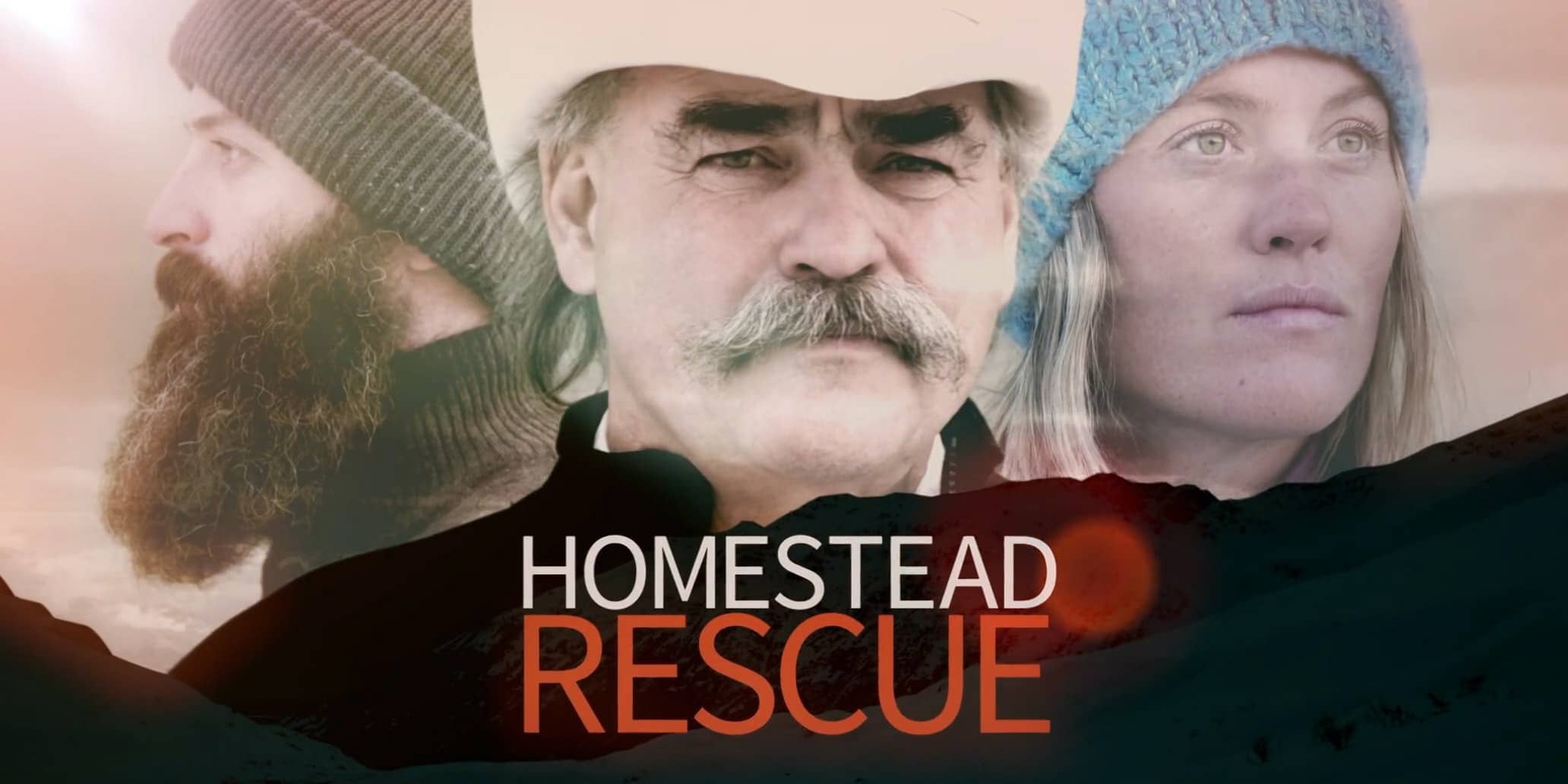

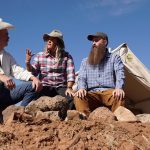
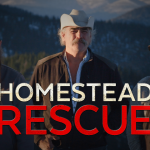
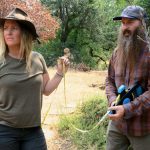
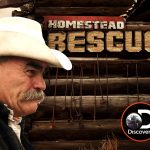





Leave a Comment